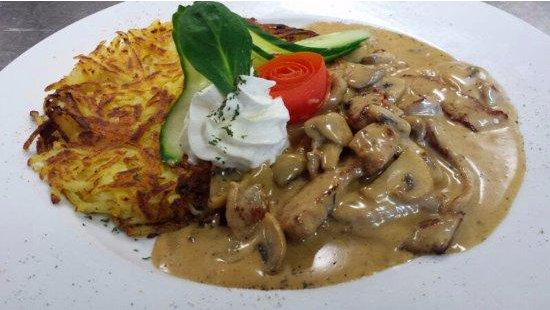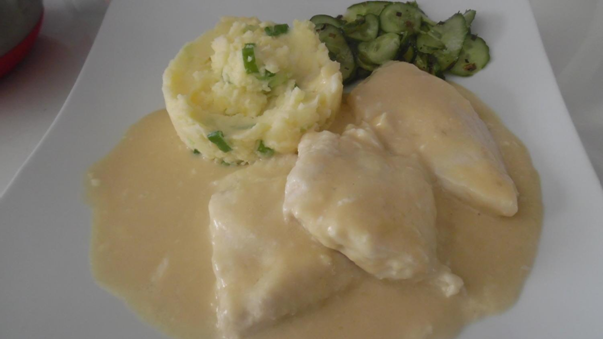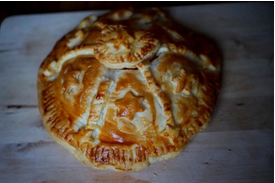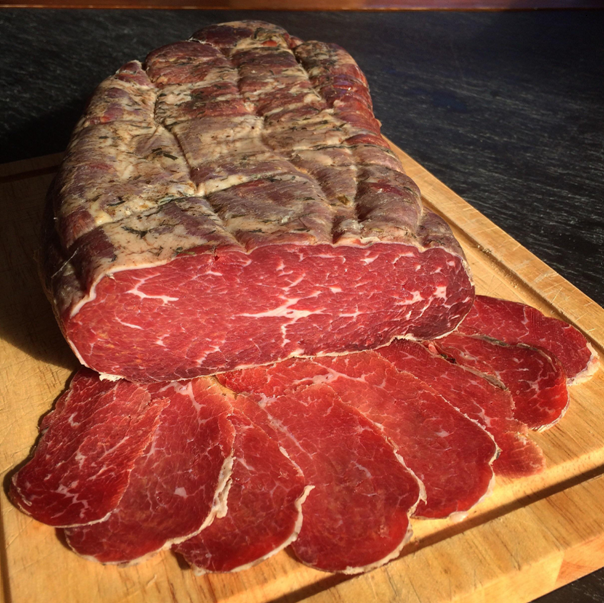Swiss national cuisine is one of the most conservative, locals honor centuries-old traditions and many dishes are prepared according to old recipes passed down from generation to generation. The culinary tradition in the country was formed under the influence of neighboring countries – Italy, Germany, France.
For example, the Italian cantons, located in the southern part of the country, skillfully cook pasta and polenta. The French part is famous for its magnificent fondue and raclette. The German people influenced the Swiss cuisine for the many sausages and famous dishes.
As a result, the gastronomic preferences of the Swiss are as multifaceted and diverse as the country’s culture and traditions. The connoisseurs of good food around the world are already well aware of the emblematic fondue, racquets and yolks of the alpine country.
What is cooked in the Swiss regions?
In addition to national cuisine, traditional throughout the country, Switzerland is distinguished by the wide variety of local dishes that exist in different regions. Swiss cuisine can easily be called simple, as a rule it uses ordinary products. The main ingredients of Swiss dishes are dairy products, meat and vegetables – potatoes, cabbage, spinach, carrots.
More legumes and rice are used. In some cases, quite original and bold combinations of ingredients are found, and each region in the confederation has unique culinary preferences. They depend on both external influences and climatic conditions and geographic features. Authentic Swiss table is nowadays found in mountainous areas and small towns. It mainly includes dishes made from cheese, eggs, milk, cream, vegetables and fruits.
Meat dishes are satisfying and very tasty, but in principle meat is not always required at the home table. Baking is highly developed and each region has its own distinctive bread products made from high quality locally sourced flours.
Here are some local culinary pride from different parts of Switzerland:
In Lucerne you can taste the very popular Lozärner Chügelipastete. Besides tasty, it is attractive in appearance – its shape is a hemisphere of crunchy crust and has embossed embellishments on it. The specialty is made from stuffing dough that includes meat, mushrooms, raisins, spices and more.
Zurich is a popular Züri-Gschnätzlets dish. It is stewed onion with onion in a light wine sauce with cream, mushrooms can be added. The feast was common in the Alps as early as the 19th century.
Le Papet Vaudois is a delicious combination of very simple products. The dish is typical of the region of Bo. This is porridge made with leeks and potatoes, which are stewed with cream. On this relatively simple base, the plate puts the main emphasis – with pork sausage with cabbage. At the beginning of each October, the region even celebrates Le Papet Vaudois Day.
In the largest canton of Graubünden, visiting a restaurant requires advance preparation. Local dishes have such complex names that without help to the guests it is quite difficult to understand. However, all the delicacies are simple and delicious. The unique features of Swiss cuisine are manifested precisely in the Graubünden cuisine.
For several centuries, the canton has lost contact with civilization over the winter, so the natives are very skilled in storing food, and any recipe is a true culinary work bordering on magic. Perhaps the most popular specialty in the canton of Graubünden is the Bündnerfleisch, which, to say the least, is some kind of trout.
Dried meat from different animals, the traditional recipe being beef and the more expensive version being game. Especially valuable is the deer. The Swiss Pastern is rubbed with salt and various herbs and dried for several months. Before serving, the delicacy is cut into thin slices, which are best combined with red wine.
Traditional Canton Ticino in southern Switzerland is typical of Italian dishes such as risotto and minestrone soup. Polenta is also very common under Italian influence. This corn porridge, which in the past was consumed only by the poor, be combined with meat, cheese or mushrooms, cook sweet, serve as a main course or garnish.
Let’s not forget that in addition to meat and cheese, fish is also consumed in Switzerland. It is, of course, more characteristic of the areas around the lakes – Geneva, Zurich, Bill (a resort town in northwestern Switzerland on the shores of Lake Bill). The Swiss have a particular weakness for the perch and other freshwater fish.
And here’s a regional representative of the great palette of Swiss sweets – Blauer Kuchen. You can’t go wrong with this sweets because he’s blue. It is typical of the canton of Bern, but has already conquered other areas of the confederation. In the past, the cake was mainly prepared during the winter months. In fact, Blauer Kuchen is not always entirely blue, there can only be some blue accent.
Recipes from regional Swiss cuisines
Chicken with mushrooms in Geneva
Products:
- chicken – about 1.3 kg
- 700 grams of potatoes
- about 300 grams of onions
- 150-200 grams of mushrooms
- 4 cloves of garlic
- 150 grams of oil
- 200 ml. white dry wine
- 100-150 ml. chicken broth
- fresh basil
- fresh rosemary
- fresh parsley
- ground pepper
- salt to taste
Preparation:
- Wash vegetables and mushrooms and cut: chopped onion, potato cubes 2×2 cm, mushrooms sliced
- Cut the chicken into portions
- Melt 60 g of butter in a cast iron skillet and fry the onions until transparent
- Onions, place slices of chicken, two crushed garlic cloves, a little sliced fresh basil, pour wine and chicken broth. Bring to a boil, then reduce the stove, cover and simmer for 40 minutes
- In another pan, melt another 60 g of butter, put the sliced potatoes in, add the rosemary, black pepper and salt and fry, stirring occasionally, for 10 minutes
- In a third smaller pan, fry the mushrooms over high heat with the rest of the garlic, butter and parsley. Cook for 10 minutes, finally season with salt and pepper with black pepper
- Take a large pan, put the stew in the chicken, spread the potatoes around and the fried mushrooms on top
- Bake the dish for 15 minutes in an oven preheated to 190 degrees
- Serve chicken with mushrooms in Geneva hot.
Veal liver in Zurich
Products:
- 500 g of beef liver
- 300 g fresh mushrooms (or canned)
- 1 onion
- 2 tbsp oil
- 100 ml. White wine
- 200 g of cream
- 2 tbsp flour
- ground black and red pepper
- salt to taste
Preparation:
- The original Zurich recipe is veal but can be cooked faster and cheaper with veal
- The liver is washed with cold water, the zippers are removed and slightly dried
- Cut into thin pieces that roll in flour
- Onions are cleaned and cut into small pieces
- The fresh mushrooms are cut into slices
- In a pan, butter is melted, in which the onions and mushrooms are lightly fried
- To these are added rolled pieces of liver and fry for another 3-4 minutes
- Then pour white wine into the pan and simmer for a few more minutes until the wine is half full.
- Add salt and black and red pepper, then cream and stew for 3-4 minutes.
- As a side dish to the veal, the Swiss serve potato slices, but can also be served with rice or mashed potatoes
Redfish in Swiss
Products:
- 600-800 g perch fillet
- 300 ml. White wine
- 100 g of cow butter
- vegetable frying oil
- 2 yolks
- connection green onions
- sexual intercourse parsley
- salt and pepper
- 1 tbsp mustard
Preparation:
- Cut the perch fillet into portions
- Then sprinkle with salt and pepper and fry in vegetable oil until golden
- Fill the fish with 300 ml. white wine and simmer for 5-7 minutes
- Put the roasted perch on a plate, and in the pan with wine add 100 g of butter, chopped green onions (better only the green leaves) and half a connection of parsley
- Allow to simmer gently and gradually add two egg yolks and 1 tbsp of mustard, stirring frequently
- Let the sauce simmer for a few minutes and pour over the fish
- You can serve with potatoes for garnish






